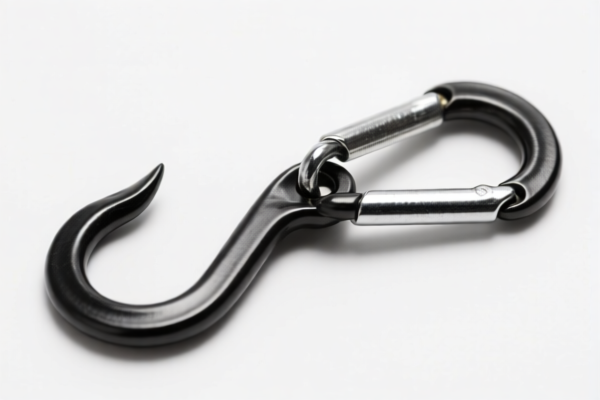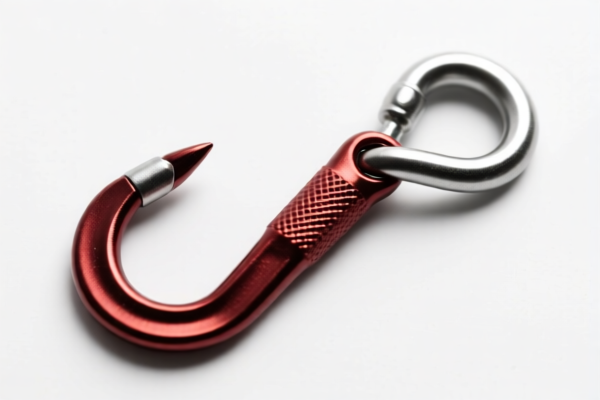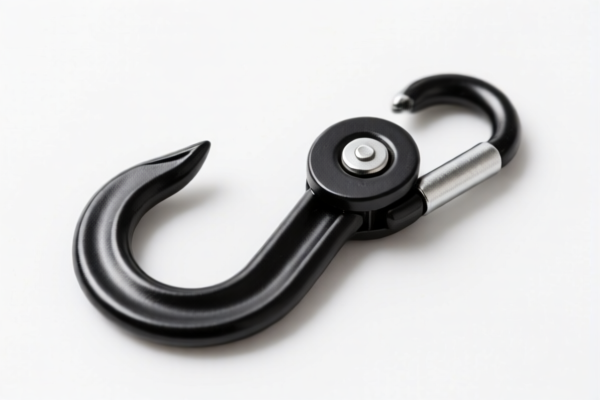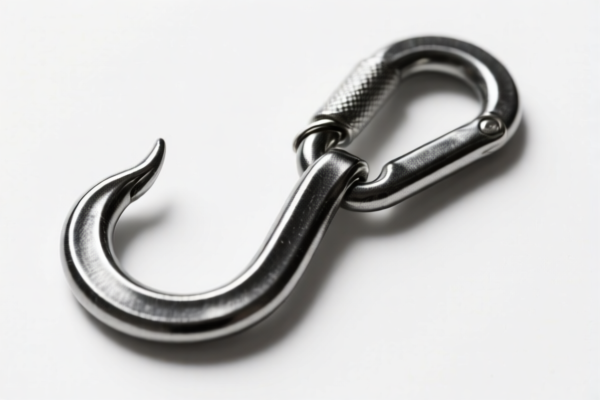| HS Code | Official Doc | Tariff Rate | Origin | Destination | Effective Date |
|---|---|---|---|---|---|
| 8487900080 | Doc | 83.9% | CN | US | 2025-05-12 |
| 8487900040 | Doc | 58.9% | CN | US | 2025-05-12 |




Buckling Device
A buckling device is a fastening mechanism used to secure two ends together, typically used in belts, straps, or clothing closures. Its primary function is to provide a temporary and adjustable connection.
Material
Buckles are commonly manufactured from:
- Metals: These offer durability and strength. Common metals include:
- Steel: High strength, often used in heavy-duty applications. May be prone to corrosion if not treated.
- Brass: Corrosion-resistant, aesthetically pleasing, often used in fashion applications.
- Aluminum: Lightweight, corrosion-resistant, suitable for applications where weight is a concern.
- Zinc Alloy: Offers a good balance of strength and corrosion resistance, commonly used in fashion buckles.
- Plastic: Lightweight, inexpensive, and available in a wide range of colors. Suitable for lower-stress applications. Common plastics include:
- Acetal (POM): High strength and durability.
- Polypropylene (PP): Low cost, good chemical resistance.
- Nylon: Strong and flexible.
- Other Materials: Less common materials include wood, bone, and horn, typically used in decorative or specialized applications.
Purpose
The main purposes of buckling devices are:
- Fastening: Securely joining two overlapping ends.
- Adjustment: Allowing for variable tightness or length.
- Release: Providing a quick and easy method of disconnecting the fastened ends.
- Decoration: Some buckles are designed for aesthetic purposes, adding a visual element to the item they secure.
Function
Buckles function by utilizing a clasp or frame that grips the strap or belt material. The most common mechanism involves a prong (or multiple prongs) that penetrates the strap to secure it. Other mechanisms include side-release buckles, quick-release buckles, and magnetic buckles.
Usage Scenarios
Buckling devices are found in a wide range of applications:
- Clothing: Belts, suspenders, braces, and closures on garments.
- Bags & Backpacks: Securing straps and closures.
- Safety Equipment: Seatbelts, harnesses, and life vests.
- Pet Collars & Leashes: Fastening and adjustment for pet security.
- Sporting Goods: Backpacks, helmets, and protective gear.
- Industrial Applications: Strapping and securing loads.
Common Types
- Belt Buckles: Typically feature a pronged clasp and a frame. Available in a wide variety of styles and materials.
- Side-Release Buckles: Feature two interlocking parts that release when a tab is pressed. Common in backpacks, pet collars, and safety equipment.
- Quick-Release Buckles: Similar to side-release buckles, but designed for very fast release. Often used in safety equipment.
- Magnetic Buckles: Utilize magnets to secure the closure. Convenient and easy to use, but may not be suitable for heavy-duty applications.
- Roller Buckles: Feature a roller that grips the strap. Used for adjustable straps, such as those on backpacks.
- Ladder Buckles: Feature a series of rungs that allow for adjustable strap length.
- Cam Buckles: Utilize a cam lever to secure the strap. Commonly used for tie-down straps.
Based on the provided information, the following HS codes may be relevant to “buckling device”:
- 8487900080: Machinery parts, not containing electrical connectors, insulators, coils, contacts or other electrical features, and not specified or included elsewhere in this chapter: Other. This code covers a broad category of machinery parts that do not have electrical components and are not specifically listed elsewhere. Buckling devices, if they fall into this category, would be classified under this code. The applicable tax rate details are: Basic tariff: 3.9%, Additional tariff: 25.0%, Additional tariff after 2025.4.2: 30%, Additional tariff of 25% for steel and aluminum products. The total tax rate is 83.9%.
- 8487900040: Machinery parts, not containing electrical connectors, insulators, coils, contacts or other electrical features, and not specified or included elsewhere in this chapter: Other Oil seals, other than those of chapter 40. While this code specifically mentions oil seals, it is also categorized as "Other" machinery parts without electrical features. If the buckling device incorporates oil seals (excluding those of chapter 40), this code may be applicable. The applicable tax rate details are: Basic tariff: 3.9%, Additional tariff: 25.0%, Additional tariff after 2025.4.2: 30%. The total tax rate is 58.9%.
According to the provided reference material, the HS code options related to 'buckling device' are limited, with only the following 2 found.
It is important to note that both HS codes fall under Chapter 84 (Machinery and mechanical appliances; parts thereof) and Heading 8487 (Parts for machinery, mechanical appliances; fittings and fixtures). The "Other" subheading (84879000) indicates that these parts are not specifically defined elsewhere within the chapter.
Please verify the material composition of the buckling device, particularly whether it contains steel or aluminum, as this will affect the applicable additional tariff.
Customer Reviews
No reviews yet.